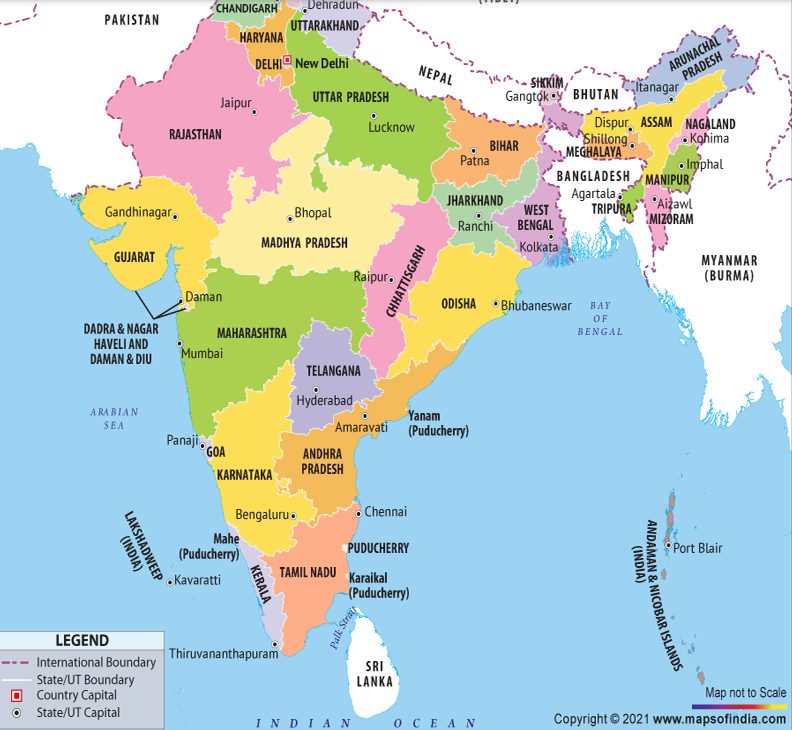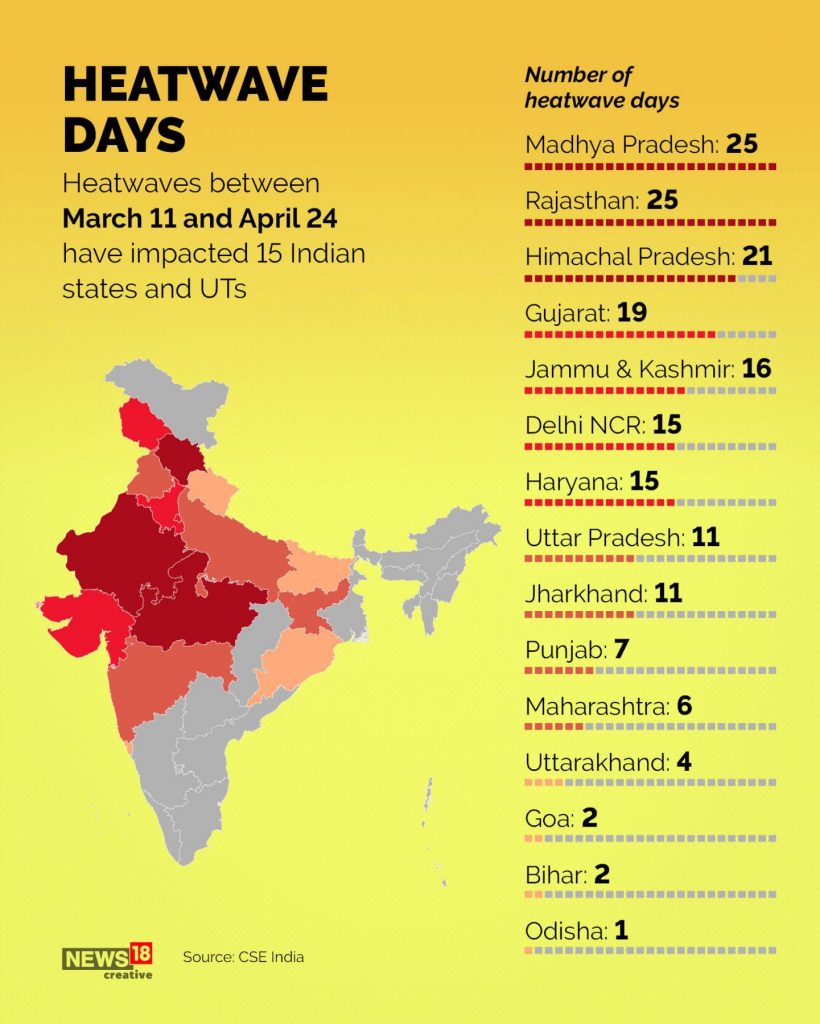Author: Edible Routes India
Regions particularly suffering from heat
This year’s heat wave was the most severe as it started early and extended for a longer period of time. The weather experts attribute the high temperature across the country due to the absence of light rainfall and thundershowers typical for this time of the year. The northern, north western and central region of India were mostly affected by the heat waves. The year 2022 experienced abnormally dry weather with higher maximum and minimum temperatures during February to May and the states mostly affected by them were Punjab, Haryana, Rajasthan, Jammu and Kashmir, Himachal Pradesh, Uttar Pradesh, Madhya Pradesh, Bihar and Maharashtra.

Heat in Rajastan, “backbone of India’s agricultural economy”, and impact on the cultures.

As India witnessed the hottest March in 122 years, Rajasthan – one of the regions where the most food-products are cultivated – was one of the worst affected states with 25 heat waves and the highest number of heat wave days, with temperatures soaring past 40 degrees.
This extreme climate adversely affected the wheat crop, with wheat grains being rendered very light and small. Thus, yields dropped from an average of 12 to 16 quintals per bigha (0.625 acres) to 6 to 9 quintals per bigha (0.625 acres) this year, which in turn affected tudi – (Dry fodder made out of the remnants of the wheat crop is termed “tudi” – production, too.
Impact of the heatwave on legumes
Since the heatwave coincided with wheat’s grain filling and development stage, it resulted in average reduction of yields up to 15-25 per cent; flower and fruit drop in papaya were observed over Bhilwara and Sirohi districts while flower and fruit drop in pomegranate and lemon was observed in Pali district of Rajasthan.
Sources:
- https://www.business-standard.com/
- https://www.downtoearth.org.in/news/agriculture/march-april-heatwave-impacted-agriculture-in-9-indian-states-icar-report-84018
How were legume yields this year?
The pulses production which was 18.24 MMT during 2010-11 rose to the record level of 26.96 MMT during 2021-22, an increase of about 48 percent.

